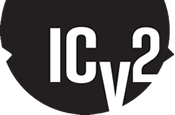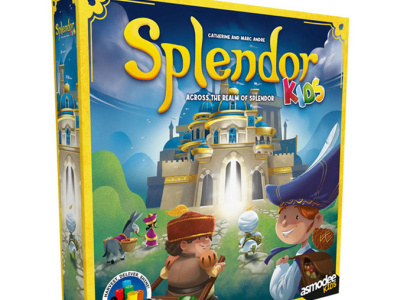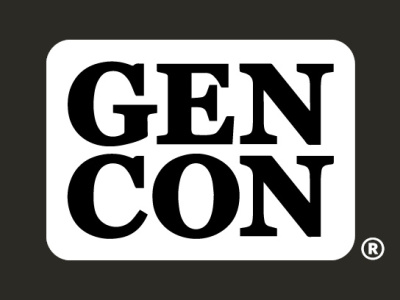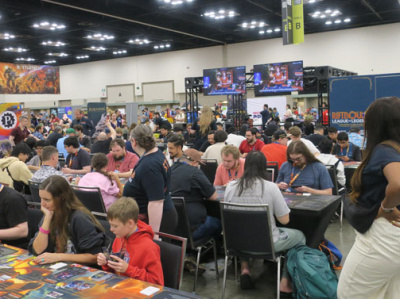 Rolling for Initiative is a weekly column by Scott Thorne, PhD, owner of Castle Perilous Games & Books in Carbondale, Illinois and instructor in marketing at Southeast Missouri State University. This week, Thorne talks about using social media to promote your store.
Rolling for Initiative is a weekly column by Scott Thorne, PhD, owner of Castle Perilous Games & Books in Carbondale, Illinois and instructor in marketing at Southeast Missouri State University. This week, Thorne talks about using social media to promote your store. After the time I spent in the last two columns discussing why traditional advertising still has a place in a store’s promotional mix, I wanted to take a look at social media this week. Why go social in your advertising? Well, it’s today’s equivalent of word of mouth advertising. Approximately 600 million people are on Facebook and 165 million use Twitter (though Twitter does have an extremely high abandonment rate; estimates are roughly 40% of Twitter accounts are not monitored after the first month of creation). According to the Mobile Media Guide in the May 23 issue of Adweek, 73% of the people on the face of the earth have a cell phone, with smart phones in the hands of about 20% of those. You, and your customers, spend an average of just under 3 hours a day interacting with some form of social media (2.7 hours if you want to be precise). That’s double the amount of time you spend eating and about one and a half times the amount of time one of your high school customers spend on homework each night.
Currently the major player in social media, and therefore the focus of most game store retailers’ promotional efforts, is Facebook. According to the May issue of Internet Retailer magazine, 137 million Americans are members of Facebook, half of them logging on to the site at least once per day, with an average of 130 friends. Other major players in the area of social media, such as Friendster and MySpace have largely faded into irrelevance before the behemoth that is Facebook. Given that Facebook and its social media cousins Twitter and Foursquare currently cost nothing to join and allow stores to send messages directly to a highly targeted market, it makes a lot of sense for retailers to actively utilize Facebook especially and Twitter and Foursquare to a lesser extent.
The important thing to remember about promoting on Facebook is that, while it costs you noting in terms of money (unless you wish to spend cash on a featured ad, marketplace ad or Sponsored Story), it does require a significant amount of time invested on your part to do the job correctly. While Foursquare is a different animal, relying on the customer or user to generate the contact, Facebook and Twitter essentially allow you to carry on an asymmetrical conversation with people who like your page or follow you. Ideally, what you want to have happen is for a post from you to appear in your follower’s news feed, they interact with the feed either liking or commenting upon it, causing it to appear in their friends’ news feeds, causing their friends, who arguably have similar interests to theirs, to check out your page and like or follow it as well. When done well, this interaction comes with a significant investment in time. Agencies with expertise in social media recommend updating your Facebook Wall about six times per day to gain as many views as possible. Twitter, with its constant flow of brief tweets, requires even more constant updating, with around 20 per day optimal. Linking your Facebook wall to pr Twitter feed or vice versa will help in generating the levels of new content that allows you to reach and engage your fans and followers. Much like with Google, your followers generally will not scroll back to read your posts they may have missed. Rather it is up to you to make them aware of events or items you feel they should know, either via updating an older post or sending out a reminder.
The opinions expressed in this column are solely those of the writer, and do not necessarily reflect th views of the editorial staff of ICv2.com.







